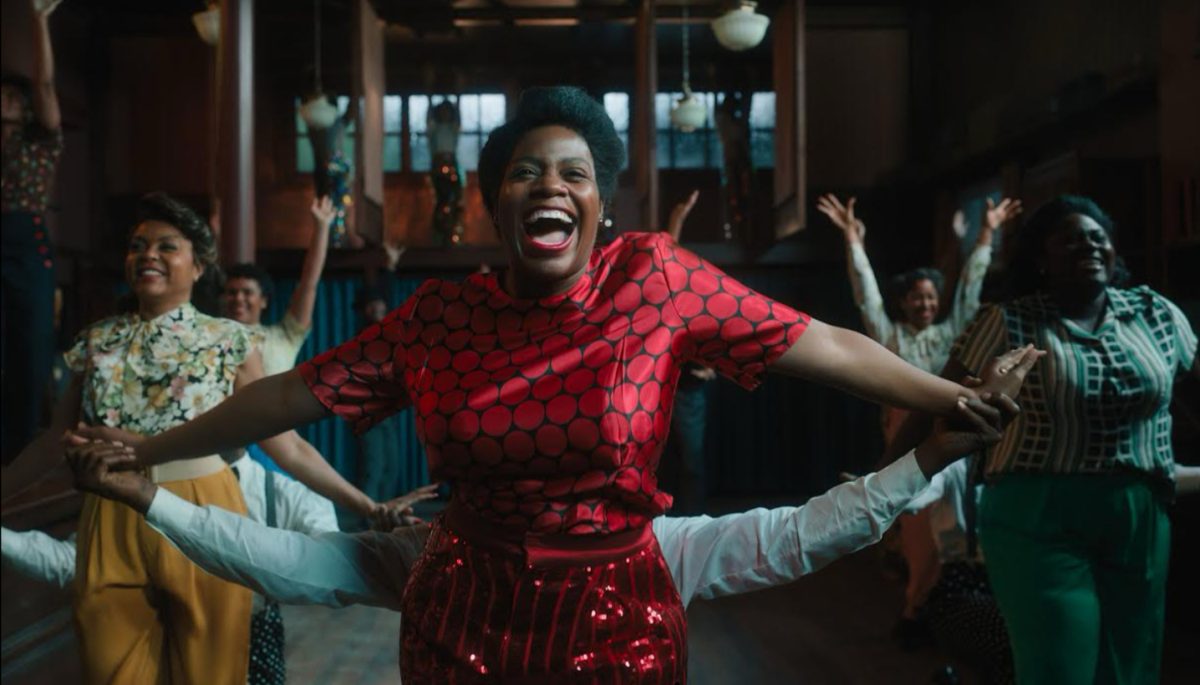By looking at the artifacts of the ancient Mayan civilization, many beliefs that they held about the world they lived in can be seen.
The ancient Mayans believed that life began out of the sea. A massive crocodile ripped the humans in the sea to shreds and formed a bloody ocean that all life came out of. Today, this might be called a primordial soup. This concept is shown in the Mayans’ many works of pottery that display crocodiles viciously attacking creatures. There is one particular bowl that has a lid made out of a clay crocodile. Around the bowl shows the events that led to the creation of life.
Mayans also believed there was no land at the start of time. There was only the ocean where the mythic beasts, like the crocodile, lived. One of those creatures was the world turtle. This great turtle’s back came out of the water and formed the land that the Mayans called home.
To the Mayans, wind deities held up the air and sky, similar to the ancient Greek god Atlas who held the sky on his back. This is shown in an ancient throne that belonged to one of the Mayan rulers. The wind gods are holding up the throne, and it is clear that the god’s muscles are tightening from the weight of the sky.
One clay bowl displays a proud Jaguar who breathes across the Mayan villages. The Jaguar is the god of the Mayan underworld. He is reborn in the East at dawn as the sun god. His breath turns to clouds, and clouds mean rain. This deity controls the lives of Mayans because of rain meant crops could grow into food.
Seashells were the sacred life force of ancestors that had returned to the sea at death, continuing the belief that all life begins at sea. They thought that it was also the final resting ground for their dead.
The Mayans also developed a culinary masterpiece that is still eaten today: chocolate. One of the pieces of the exhibit was a cup that was designed for chocolate eating. With water, cocoa beans and hot pepper, they would blow into a conch-like bowl and make frothy chocolate that they would both drink and inhale. Mayan hot chocolate is now a regular on coffee shop menus.
Incense was another substance that the Mayans used during their rituals. One of the key pieces of the exhibit was an intricate incense burner that showed detailed and almost frightening faces of different Mayan gods. The smells and smoke that filled their temples made the intricate carvings of the incense burners look haunting and powerful. The thick smoke would wrap around the faces of their deities and the intense smell would fill the air.
The most haunting and interesting of all the pieces in the exhibit is the Queens’s bloodletting ritual carving. The Queen passes a stingray spine through her tongue and drips onto a cloth, which is then burned. The smoke from this cloth turns into a serpent and the rain god comes out of the serpent’s mouth. The Queen and the deity’s meeting is the purpose of the ritual. She would also take a hallucinogenic substance that would allow her to see the deity from the smoke of her burning blood.
In 900 AD social, climate and political upheavals led to the downfall of dynastic rulers. This led to the fall of the Mayan empire a few years later, their past lives on through exhibits like ‘Fiery Pool’ and desserts like chocolate.





